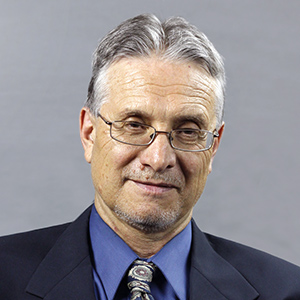Last June, the U.S. Supreme Court ended racial preferences in higher education. This year will feature a battle to reinstate those preferences, in the state that first eliminated them nearly 30 years ago.
The California Civil Rights Initiative (CCRI), Proposition 209on the 1996 ballot, eliminated racial and ethnic preferences in state education, employment, and contracting. Contrary to opponents, including the Rev. Jesse Jackson, the measure did not eliminate “affirmative action.”
The state could still lend a hand on an economic basis, and California had always cast the widest possible net.
The great Jackie Robinson, for example, was an alum of Pasadena City College, founded in 1924. In 1939, Robinson enrolled at UCLA and in 1954, future Olympic decathlon champion Rafer Johnson attended UCLA on both athletic and academic scholarships.
After Proposition 209, what California could not do was reject a qualified student on the basis of race, as UC Davis had done with Allan Bakke. That racist practice continued even after the Supreme Court ruled in Bakke’s favor, and by 1996 Californians were ready for change. They passed Prop 209 by a margin of 54.55 to 45.45. The disaster the preference forces predicted never occurred.
As Thomas Sowell noted in Intellectuals and Race, declines in minority enrollment at UCLA and UC Berkeley had been offset by increases at other UC campuses. More important, the number of African-American and Hispanic students graduating from the UC system went up, including a 55 percent increase in those graduating in four years with a GPA of 3.5 or higher. Despite these realities, the state education establishment still sought to reinstate racial preferences.
The 2020 Proposition 16 would have eliminated the 1996 preference ban but voters rejected it by a margin of 57.2 to 42.8, wider than the vote for Proposition 209 in 1996. As it turned out, the losers had outspent the winners by approximately 14 to 1. Despite that thrashing, the preference forces weren’t giving up. Enter Assembly Constitutional Amendment 7 (ACA-7).
The measure does not openly claim the government shall discriminate on the basis of race, or again target Proposition 209 for repeal. This measure allows the governor to make “research-based,” or “research-informed,” exceptions to the 1996 law. On the basis of research, conveniently undefined, the governor can now decide that racial preferences and unequal treatment are good things. The measure would be a huge empowerment of Gov. Gavin Newsom, known for his heavy-handed rule during the pandemic.
ACA-7 must still qualify for the ballot and in the meantime voters might examine the underlying ideology. Under diversity dogma, all groups must be represented according to their percentage of the population. If they are not, according to the theory, the cause must be discrimination and a government preference program is the only remedy.
Diversity dogma ignores personal differences, effort, and choice, and as Sowell has often noted, different racial and ethnic groups are never represented proportionally in anything. For students, parents and policymakers, Sowell’s own experience should prove educational.
He earned a bachelor’s degree from Harvard, a master’s from Columbia, and a Ph.D. in economics from the University of Chicago, all without any government affirmative action scheme. Harvard law professor Lani Guinier, Bill Clinton’s pick to head the civil rights department of the DOJ, questioned Sowell’s blackness. The Harvard alum wasn’t going to take it.
“I don’t need some half-white woman from Martha’s Vineyard telling me about being black,” responded the economist, a longtime fellow at the Hoover Institution. That was in 1996, when California voters passed the California Civil Rights Initiative. In 2024, Californians will decide if an all-white governor should be able to override a law approved and upheld by voters of all skin shades and ethnicities.
As they watch this play out, people across the country might consult Sowell’s vast body of work. As of this writing, the author is still going strong at 93.








